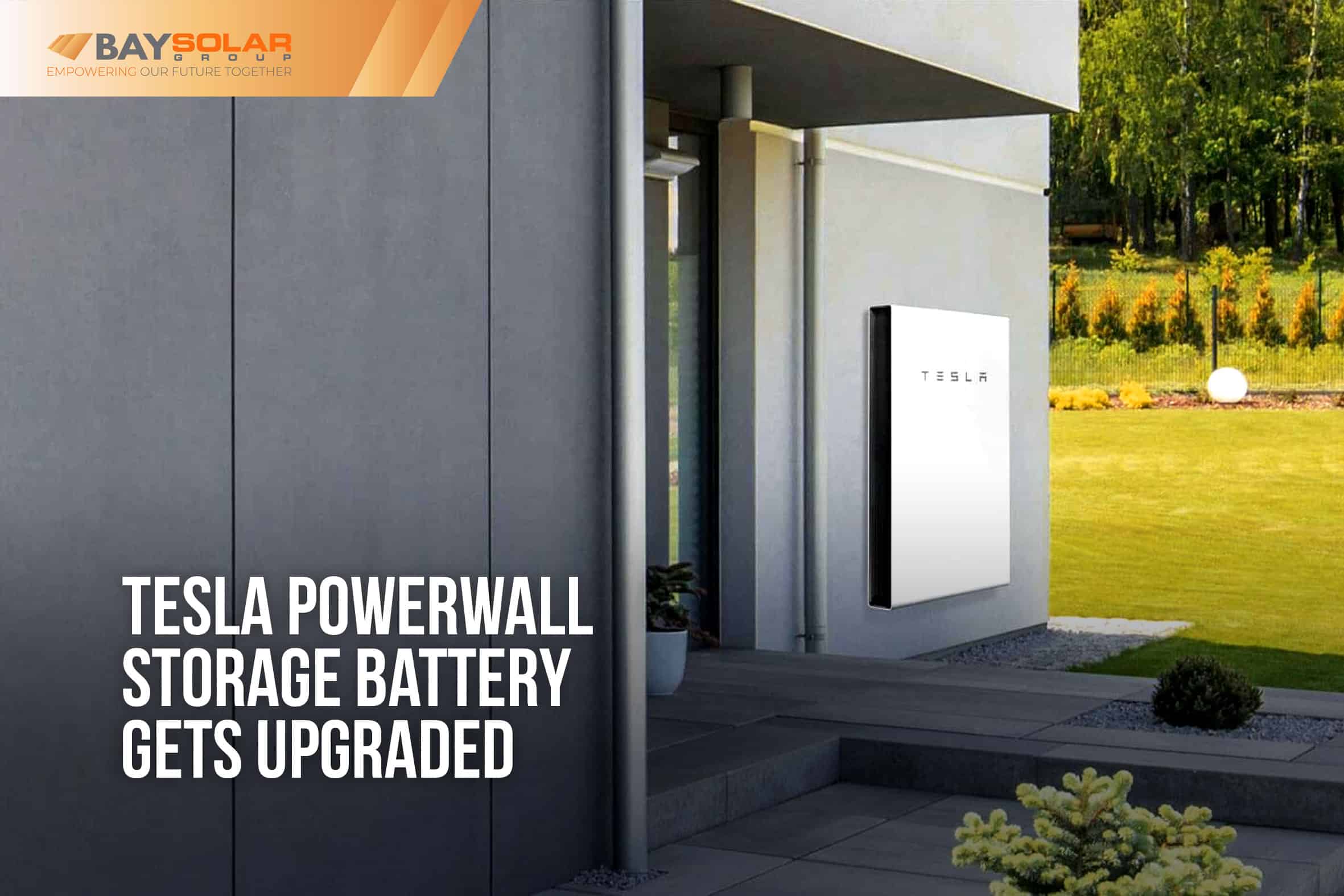
Harnessing energy from the sun used to be confined to vast solar farms and roof panels on eco-friendly homes. But a powerful new technology – the home battery – is fundamentally changing how we produce, store, and consume solar power. The Tesla Powerwall 2 leads this battery revolution. This integrated system leverages stored solar energy to slash your electric bills, provide backup power, and maximize renewable energy usage.
In this article, we’ll explore how the Powerwall 2 works, its benefits and features, whether it makes sense for your home, and the future of energy storage.
Introducing the Powerwall: Tesla’s Home Battery Breakthrough
Simply put, the Powerwall is a large rechargeable lithium-ion battery for residential spaces developed by Tesla Motors. But it’s not your average battery. This system is specifically designed for:
– Storing excess solar energy generated during the day for use at night
– Providing emergency backup power to your home when the grid goes down
– Intelligently managing when your home draws electricity from the grid vs. your solar panels to minimize costs
The sleek, wall-mounted unit measures 26 x 7 x 12 inches and can be installed indoors or outside. The Powerwall 2 launched in 2017 as a big upgrade over the previous model with greater energy capacity, power density, charging speed and more.
Why Every Homeowner Needs a Battery
So what can bringing battery storage into your home really do for you? Here are four key advantages the Powerwall 2 provides:
1. Electric bill savings – By maximizing self-consumption of your own solar energy, you’ll reduce the amount of grid electricity you have to buy each month. Intelligent controls also allow you to optimize when you buy/sell power.
2. Backup power for outages – The system safely disconnects from the grid when an outage hits. Your stored solar energy or battery reserves will power your home indefinitely.
3. Energy independence – Rely less on your utility and traditional electric grid. Use your own stored solar energy to run your home and EV charger.
4. Cleaner, more sustainable power – Widespread home battery adoption supports the growth of renewable energy by storing excess solar generation rather than wasting it.
In short, the Powerwall provides energy security, cost savings, and environmental benefits all in one high-performance package.
How Does the Powerwall Integrate with Your Home?
The Powerwall isn’t a standalone battery. It’s an integrated system consisting of:
– Battery module(s) – Multiple lithium-ion battery packs networked together. Easily scalable.
– Gateway – The Gateway manages battery operations, energy conversion and flow control.
– Backup Gateway (optional) – Provides critical load backup to selected circuits during a grid failure.
– Software and monitoring – See real-time usage data, adjust settings, receive alerts through the mobile app.
Pairing the system with home solar panels unlocks even more potential. Excess solar production during the day can be captured and stored in the battery. This energy is used to run your home after sunset when solar panels stop producing. Grid electricity fills in any additional demand.
If an outage hits, the Powerwall acts as an independent solar-powered generator keeping your appliances and devices running indefinitely. It seamlessly reconnects when grid power returns.
Powerwall 2 Upgrades: Improved Specs to Know
So what happened technology-wise between the Powerwall 1 and 2? The next-gen Powerwall 2 boasts:
– Greater energy density packing more storage capacity into a compact unit
– 6 times faster charging and discharging speeds
– Increased DC-to-DC converter efficiency
– 13.5 kWh of usable capacity – enough to power essentials for a full day
– 89.9% round-trip efficiency, much higher than conventional lead-acid batteries
– Indoor/outdoor rating and slim profile for flexible installation
– 10 year warranty covering the entire system
For homeowners, those upgrades mean more usable energy storage, faster solar recharging, less wasted power, and ultimately greater cost savings.

Evaluating Costs: Is the Powerwall a Wise Investment?
There’s no getting around the fact that the Powerwall involves a major upfront investment. Purchase and installation costs are around $11,500 per unit. Most homes require 2 to 3 units for adequate capacity.
However, there are a few ways to defray the upfront costs:
– Federal Tax Credit – Take 26% of the total cost off your taxes
– Solar incentives – Some states offer rebates when installing solar+storage
– Electricity savings – Recoup your investment in 5-7 years in areas with high energy rates
While not inexpensive, over 10-15 years the Powerwall should pay for itself in electricity savings and provide emergency backup power that gives peace of mind. For homes with solar already, it maximizes the value of your existing PV system.
The Future of Residential Energy Storage
The Tesla Powerwall 2 marks a tipping point for energy storage technology. As costs continue to fall, expect home batteries that store surplus solar power to become standard in the coming years. Just like rooftop solar panels have proliferated over the last decade, the benefits of integrating battery storage are now simply too compelling to ignore.
Widespread residential battery systems support the broader transition away from fossil fuel dependence. It also makes the energy grid more robust and resilient to outages. Homeowners also gain greater energy security, independence, and savings. It’s a win all around.
In the race to develop advanced home energy storage, Tesla’s Powerwall 2 sets the bar. While the upfront investment is significant, the long-term benefits can be well worth it. If you’re considering solar panels or already have a PV system, energy storage may be the next logical step into the future.

